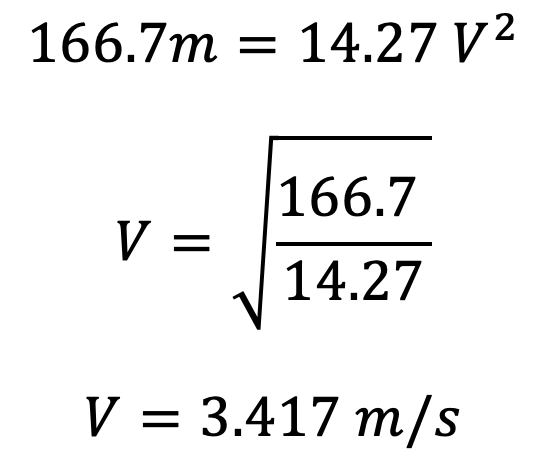In Fluid mechanics, we have discussed different energy losses of fluid flow through pipes and studied the Viscous fluid flow in the pipe. In this article, let us see how to calculate the Power Transmission Through Pipes and the maximum efficiency.

Power Transmission Through Pipes
Power is transmitted through pipes by flowing water or other liquids flowing through them. The power transmitted depends upon the following factors.
- The weight of liquid flowing through the pipe.
- The total head is available at the end of the pipe.
Let us consider a pipe AB connected to a tank as shown in the following figure.
The power available at the end B of the pipe and the condition for maximum transmission of power will be obtained as mentioned below

L = length of the pipe
d = diameter of the pipe
H = total head available at the inlet of the pipe
V = velocity of flow in the pipe
hf = loss of head due to friction
f= coefficient of friction
The head is available at the outlet of the pipe if minor losses are neglected = Total head at the inlet – loss of head due to friction

Weight of water flowing through the pipe per sec
W = ρg × volume of water per sec
W = ρg × Area x Velocity

The power transmitted at the outlet of the pipe = weight of water per sec × head at the outlet

Power transmitted at outlet of the pipe

The Efficiency of power transmission,

Condition for Maximum Transmission of Power
The condition for maximum transmission of power is obtained by differentiating equation (a) with respect to V and equating the same to zero.

Equating (c) is the condition for maximum transmission of power. It states that power transmitted through a pipe is maximum when the loss of head due to friction is one-third of the total head at the inlet.
Maximum Efficiency of Transmission of Power
Efficiency of power transmission through the pipe is given by equation (b) as

For maximum power transmission through pipe, the condition is given by equation (c) as

Substituting the value of hf in efficiency, we get the maximum η,

Example Problem to calculate Power Transmission Through Pipes
Problem Statement: A pipe of diameter 300mm and length 3500m is used for the transmission of power by water. The total head at the inlet of the pipe is 500m. Find the maximum power available at the outlet of the pipe, if the value off = 0.006.
Answer:
Diameter of the pipe d = 300mm = 0.30m
Length of the pipe, L = 3500m
Total head at the inlet, H = 500m
Co-efficient of friction, f = 0.006
For maximum power transmission, using equation (c)

And we know the hf

Equating the two values of hf, we get

Q = V × Area
Q = 3.417 × (πd2)/4
Q = 3.417 × π(0.3)2 ÷4
Q = 0.2415 m3/s
Head available at the end of the pipe = H – hf = H – H/3 = 2H/3 = 2 × 500 ÷ 3 = 333.3 m
Maximum power available

This is all about calculating the Power transmitted through Pipe. Let us know what you think about this article in the comment section below.

Leave a Reply